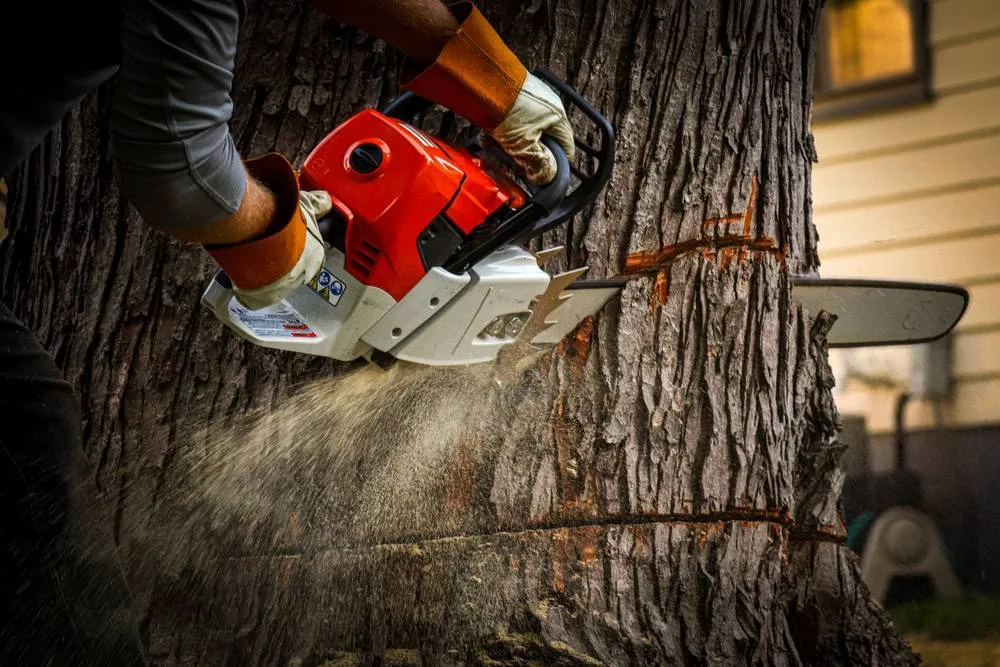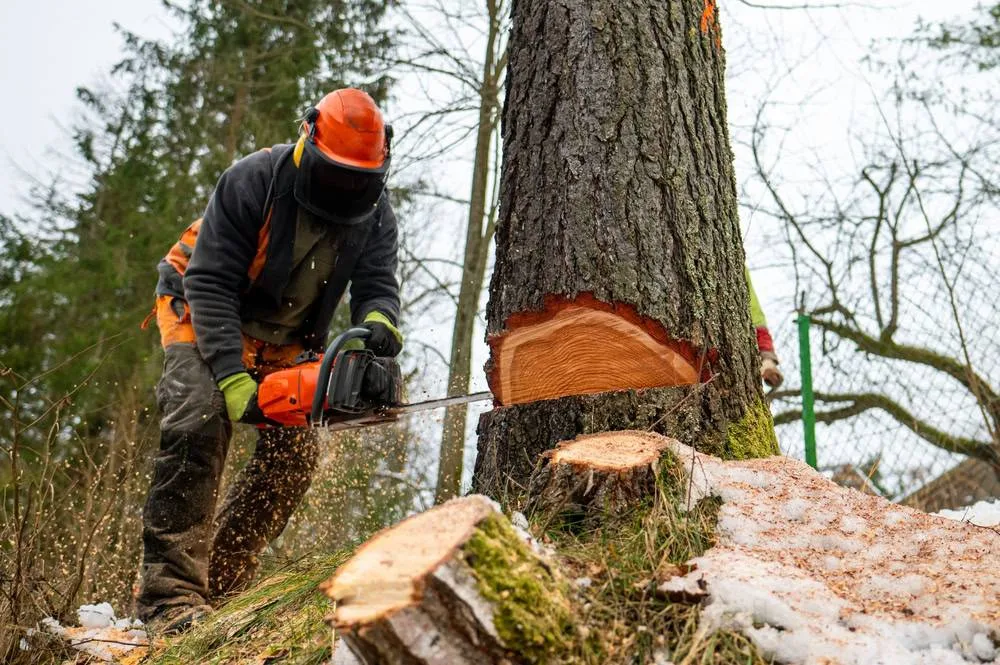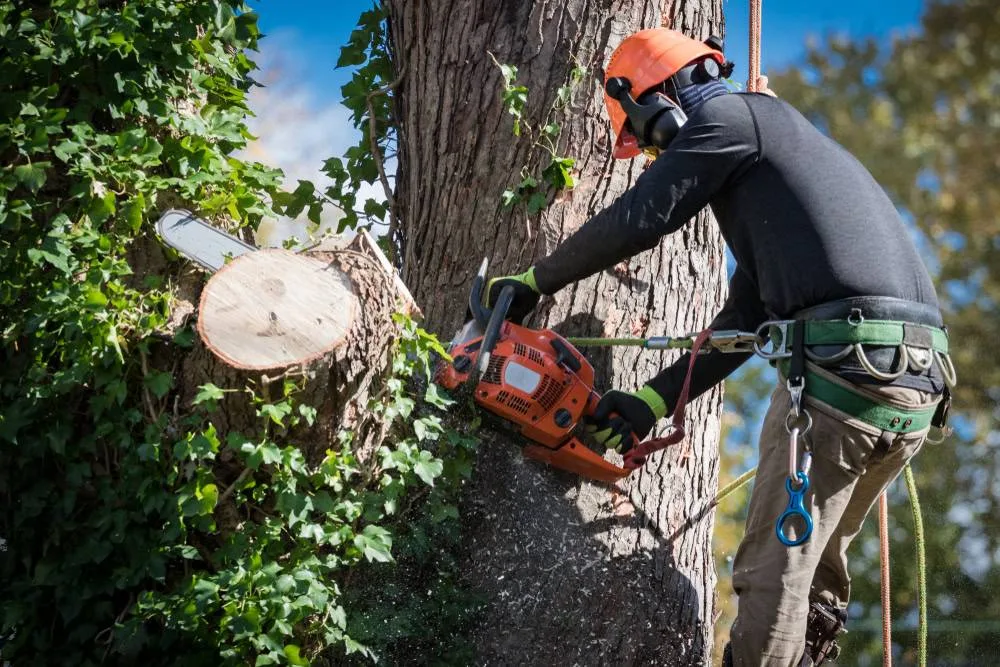Tree Services in East Norwich, NY
Safe, Professional Tree Care You Can Trust
Protecting your property and preserving your trees with expert care and complete peace of mind.

Hear from Our Customers

Professional Tree Care East Norwich
You’ll sleep better knowing your trees won’t come crashing down during the next storm. Your property stays protected, your landscape looks better, and those mature oaks and maples that make your yard special get the care they need to thrive for decades.
No more wondering if that leaning branch is going to fall on your roof. No more guessing whether your trees are healthy or hiding problems that could cost you thousands later. Just well-maintained trees that add value to your property instead of threatening it.
When you work with professionals who understand Long Island’s weather patterns and local tree species, you get results that last. Your neighbors notice the difference, your insurance company stays happy, and you actually enjoy your yard again instead of worrying about it.
East Norwich Tree Company
Green Light Tree Services has been taking care of trees across Long Island for years, and we understand what East Norwich homeowners face. From nor’easters that test every tree’s limits to the specific soil conditions and native species that thrive here, we know this area.
We’re licensed, insured, and equipped with professional-grade tools that make the difference between a job done right and a job that creates new problems. When we show up, you’re dealing with people who’ve seen it all and know how to handle your specific situation safely.
This isn’t a fly-by-night operation or a crew with a pickup truck. We’re professionals who live and work in the community, and our reputation depends on doing right by our neighbors.

Tree Service Process East Norwich
First, we come out and assess your trees – looking for signs of disease, structural problems, or safety hazards you might not notice. You get a clear explanation of what needs to be done and why, along with an upfront price that won’t change.
When we show up for the work, we bring the right equipment and take proper safety precautions. No shortcuts, no guessing, no hoping for the best. We know how to remove trees without damaging your property, how to trim without harming the tree’s health, and how to handle emergency situations quickly.
After the work’s done, we clean up completely. No branches scattered across your lawn, no sawdust left behind, no debris for you to deal with. Your property looks better than when we started, and you can actually use your yard again right away.

Ready to get started?
Complete Tree Care Services
You get comprehensive tree care that covers everything from routine maintenance to emergency storm damage. Tree removal when trees are beyond saving, professional trimming that promotes healthy growth, and emergency services when storms hit and you need help fast.
We handle the permits when required, work safely around power lines, and know how to deal with trees near your house without putting your property at risk. Whether you’re dealing with a massive oak that’s threatening your roof or just want to keep your landscape trees healthy and attractive, we have the experience and equipment to handle it.
East Norwich properties often have mature trees that require specialized care. These aren’t the kind of trees you trust to anyone with a chainsaw – they need professionals who understand proper pruning techniques, disease identification, and how to preserve valuable trees while keeping your property safe.
